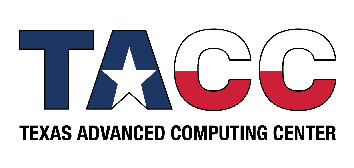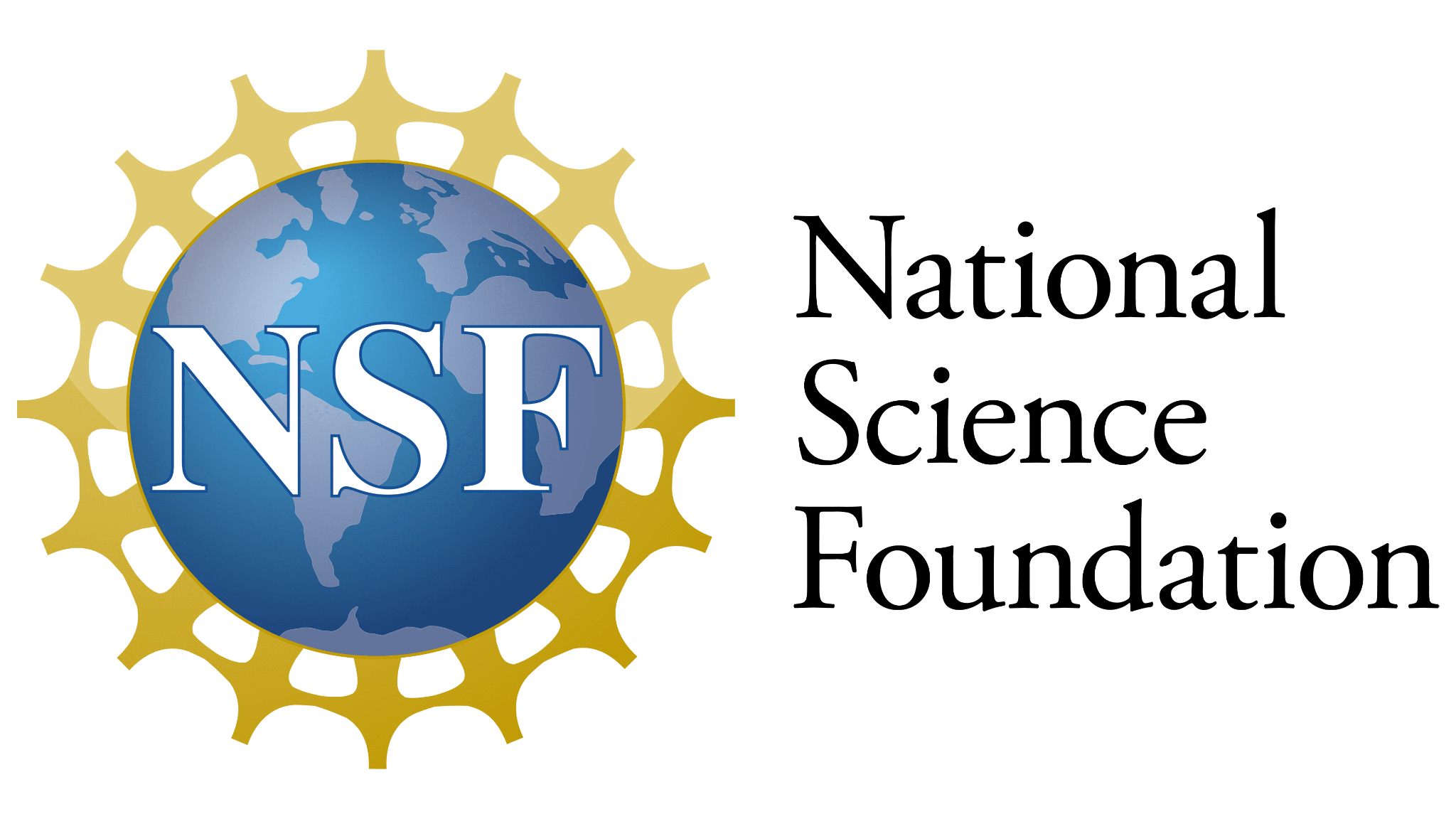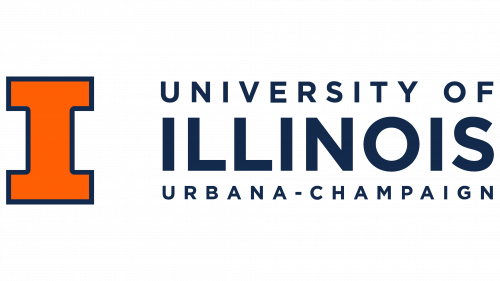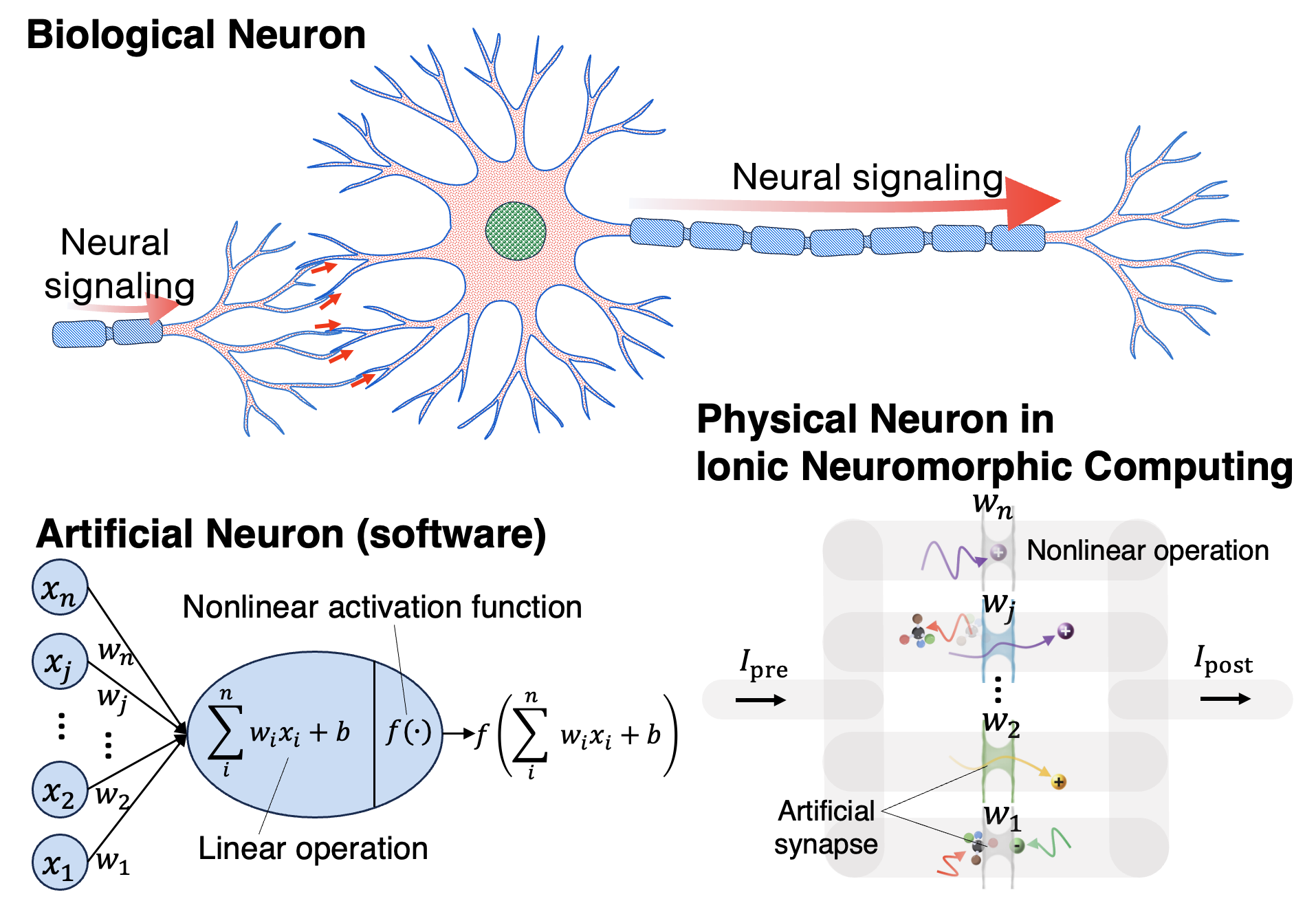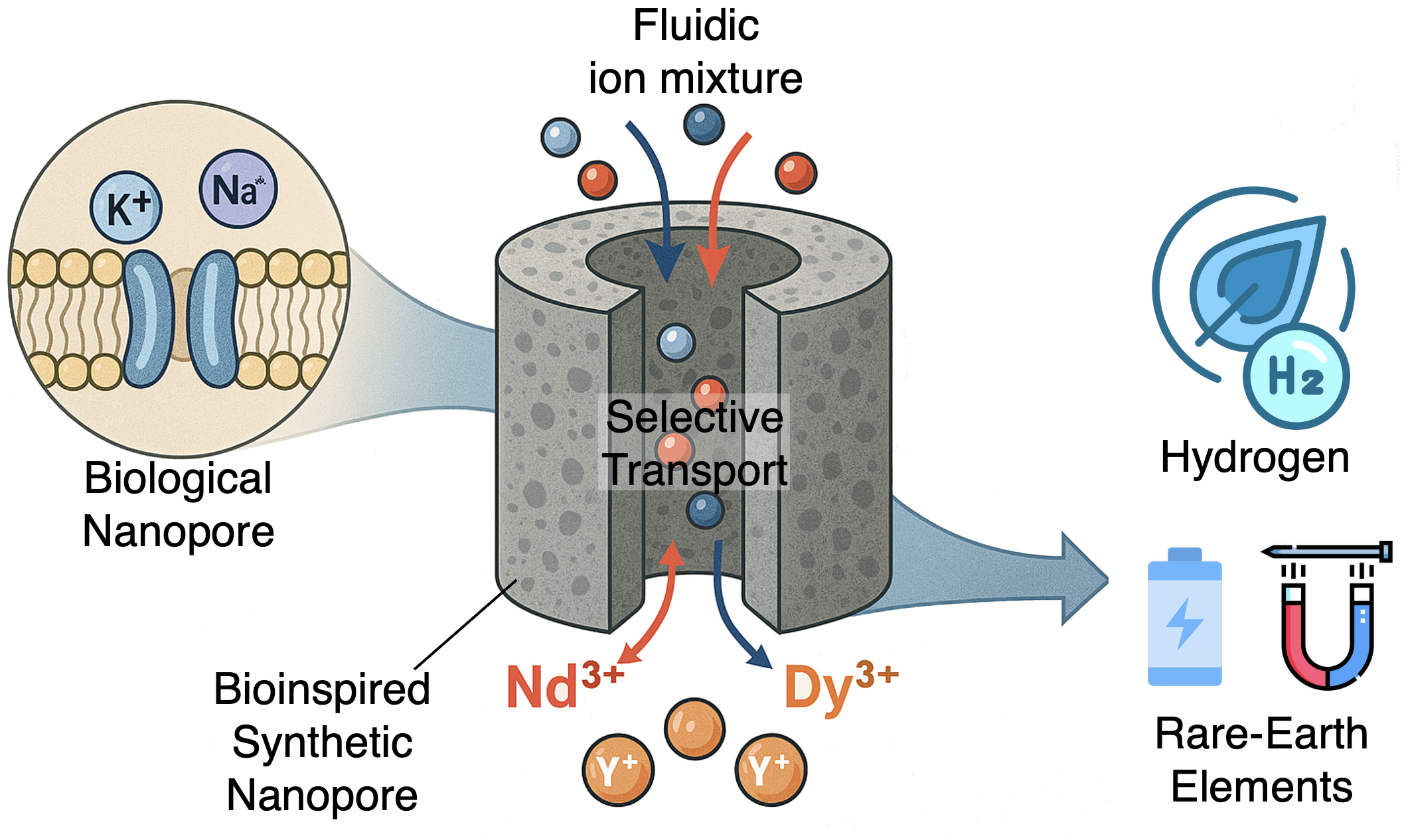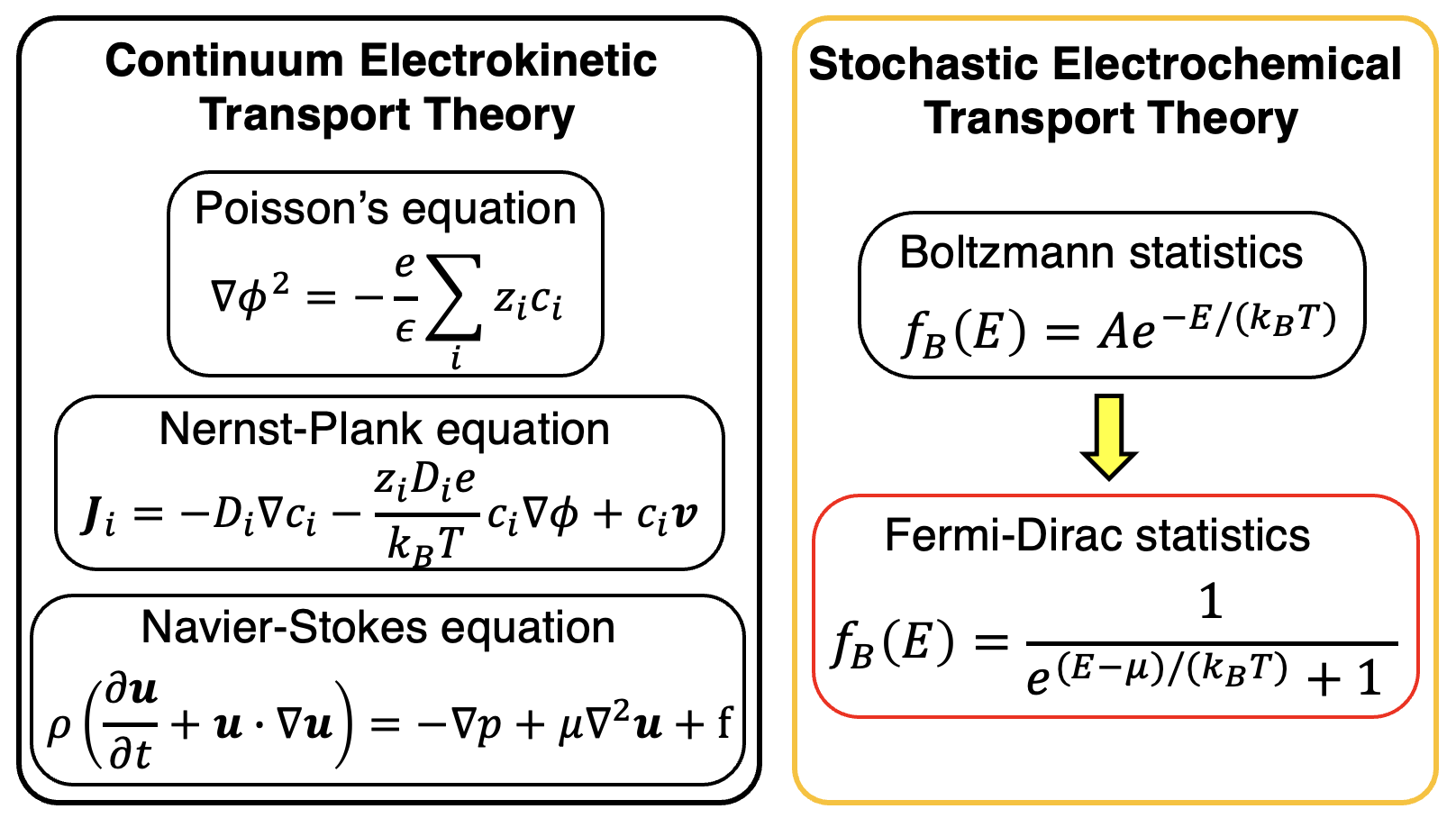We develop machine‑learning molecular dynamics (ML‑MD) simulations that enables near‑DFT accuracy with near-MD speed of reactive atomistic simulation. By training neural network force fields on high‑quality ab initio datasets, we overcome the limitations of classical MD and accelerate the design of next‑generation avanced devices, including batteries, fuel cells, brain-inspired computing, and molecular separations.
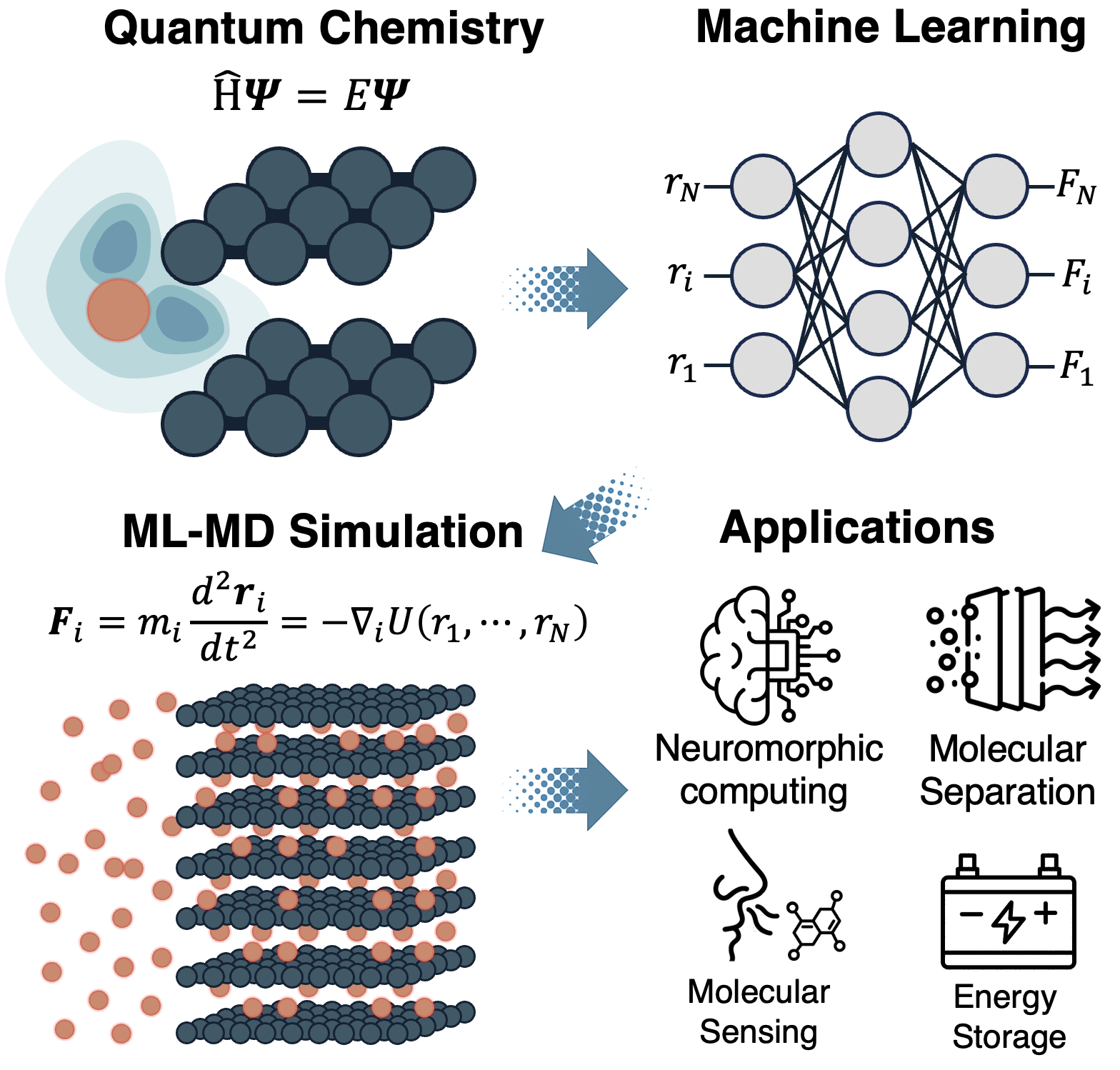
Sub‑projects
- ML‑Driven Molecular Dynamics: Reactive simulations trained on high‑quality DFT datasets for energy materials.
- Multiscale Energy Applications: Batteries, fuel cells, energy‑harvesting, and solar conversion systems.
- Innovative Biomimetic devices: Ionic neuromorphic computing, Bioinspired sensing/conversion/separation.



